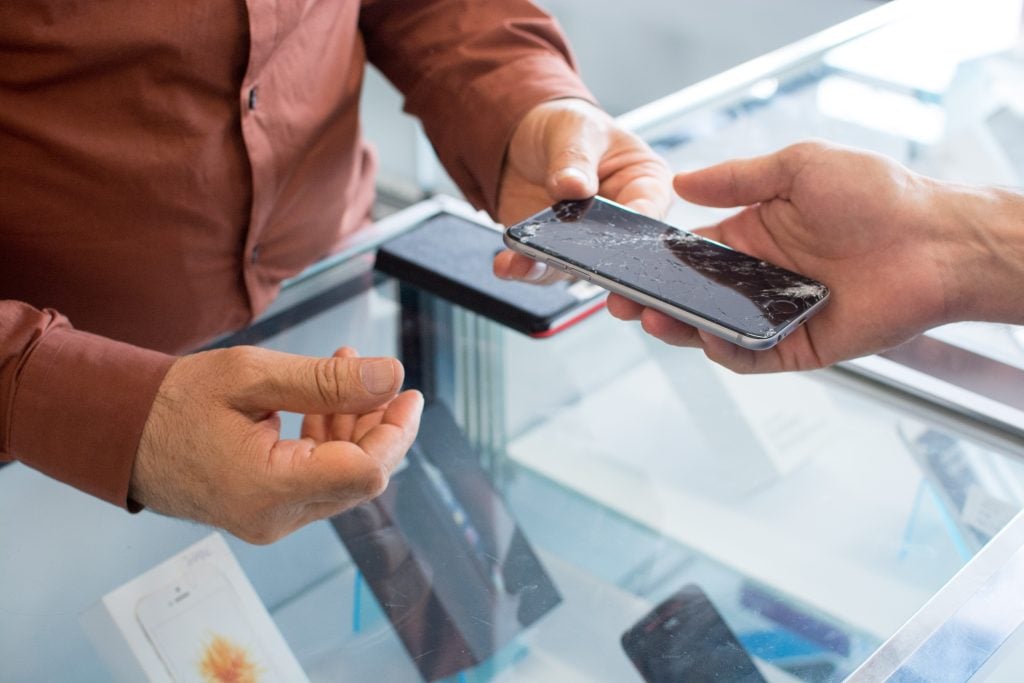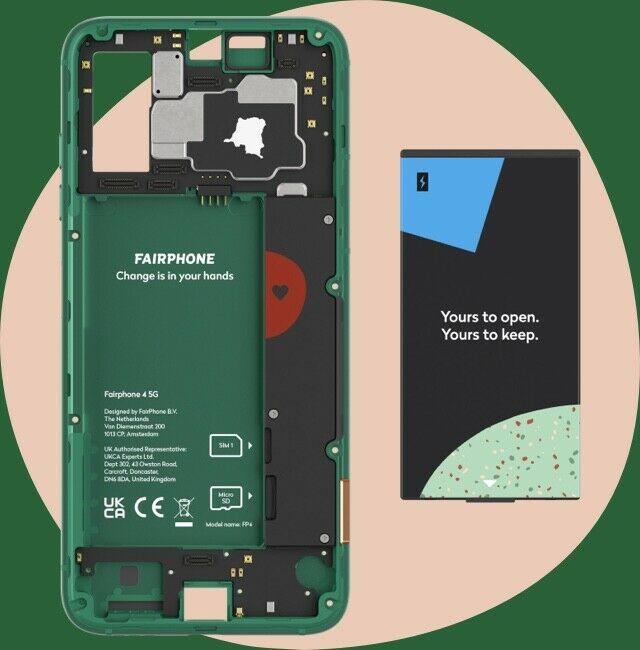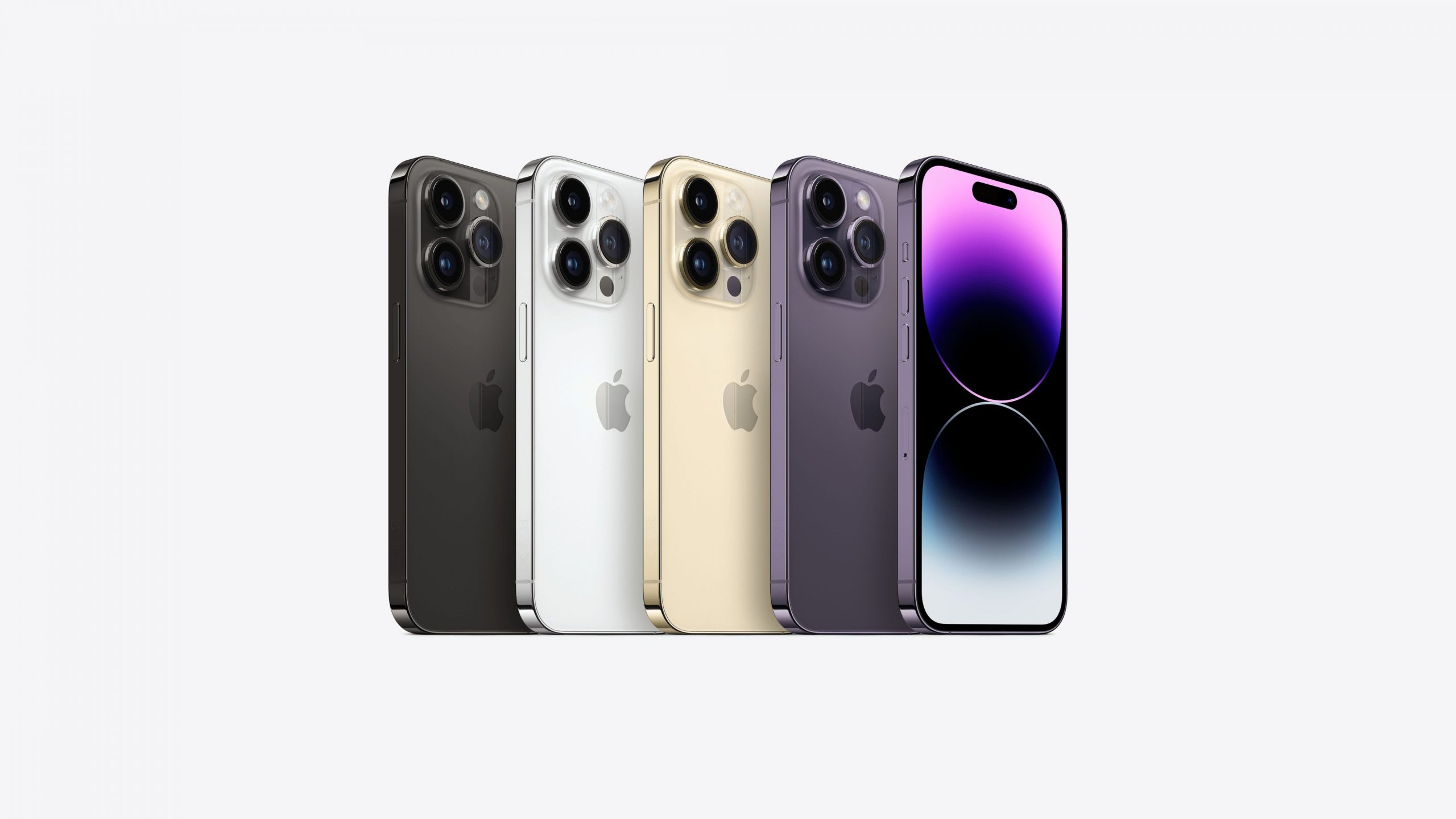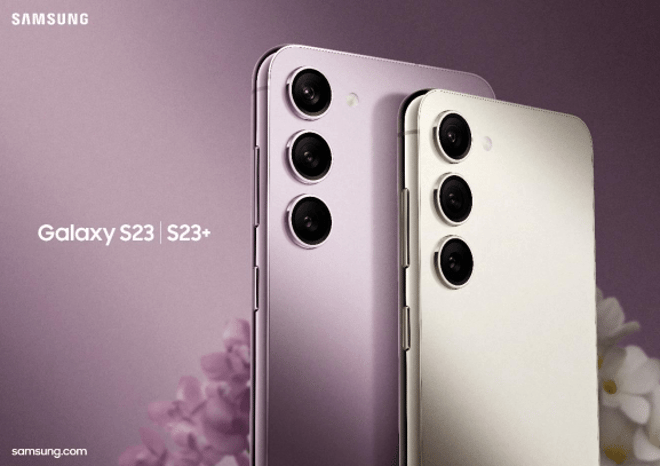The digital age has brought us many conveniences, but the cost to our planet is significant. The electronics industry, specifically the production of smartphones, significantly contributes to climate change and environmental degradation. Each smartphone, consisting of over 60 different elements, many mined in harmful ways, leaves a substantial carbon footprint.

Furthermore, the incessant demand for the latest models leads to an average smartphone lifespan of just 2-3 years, resulting in millions of phones discarded annually, winding up in landfills or being recycled improperly. Fortunately, the rise of ecofriendly phones aims to mitigate these harmful impacts.
What are Ecofriendly Phones?
Ecofriendly phones embody sustainability and environmental consciousness. They are often constructed from recycled or sustainably sourced materials, engineered to consume less energy and designed for easy repairability. For instance, a phone like the Fairphone 4 features a body made from recycled aluminum and a back cover made from 100% recycled plastic.

Ecofriendly phones also capitalize on energy efficiency through elements like power-saving modes, energy-efficient components, and optimized software. A defining characteristic of these phones is their repairability, being modularly designed for easy part replacement and accompanied by spare parts and repair guides.
Popular Brands that Make Ecofriendly Phones
Several brands are at the forefront of creating ecofriendly phones.
Fairphone 4
The Fairphone 4 is a 5G smartphone that is made from recycled materials and sustainably sourced components. It is also designed to be easy to repair.

PinePhone
The PinePhone is a Linux-based smartphone that is designed to be open source and repairable.

Shiftphone
The Shiftphone is a modular smartphone that is made from recycled materials.

Teracube 2E
The Teracube 2E is a rugged smartphone that is made from recycled materials and has a long battery life.

A Closer Look at What Fairphone Does and How is it Different?
Among ecofriendly phone manufacturers, Dutch company Fairphone shines for its commitment to sustainability and social responsibility. With an aim to create a smartphone that is “better for people and planet,” Fairphone’s production is based on recycled materials and responsibly sourced components.
Fairphone focuses on environmental responsibility, and the wellbeing of workers involved in production. The company ensures that its suppliers pay a living wage and provide safe working conditions, enhancing the ethical value of their phones. So environment focused brands focus more than just repairable and recycled smartphones.

Their latest model, the Fairphone 4, continues this philosophy, with a body of recycled aluminum, a back cover of 100% recycled plastic, and a battery composed of responsibly sourced cobalt and lithium. Apart from its sustainable features, it offers good technical specifications like a Snapdragon 750G processor, a 6.3-inch Full HD+ display, and an advanced camera system, making it a viable contender in the competitive smartphone market.
If you are in the lookout for a smartphone that’s environment friendly with fair production practices, Fairphones are a popular option right now.
Fairphone vs. Regular Smartphones
While comparing sustainable smartphones with regular smartphones, the devices might be comparable in functionality, but there is a significant difference when it comes to their environmental footprints. Smartphones like Fairphone shines through its use of recycled materials, ethical manufacturing processes, repairability, and extended lifespan, stark contrasts against typical industry practices.
| Comparison Aspects | Fairphone | Regular Smartphones |
| Use of Recycled Materials | Yes | Partial/Limited |
| Ethical Manufacturing | Yes | Limited |
| Repairability | Yes | No |
| Lifespan | Long (5 Years) | Short (2-3 Years) |
How Mainstream Smartphone Brands are Moving Towards Sustainable Smartphones
Even Mainstream brands like Apple, Google, Samsung, and Lenovo are making small but meaningful strides towards sustainability.
Apple
Apple has been forging ahead in the journey towards eco-friendly phone production, evidenced by the environmental initiatives in its iPhone 14 series. The company now utilizes 100% recycled gold in the wiring of all its cameras and the plating of multiple printed circuit boards, showing a commitment to resource efficiency and reduction of environmental harm.

The packaging for Apple products has also evolved, now being 94% fiber-based as the company has worked diligently to eliminate plastic from its packages. Further demonstrating a commitment to the environment, all of the wood fiber used is either recycled or responsibly sourced.
Apple’s environmental efforts extend to energy use as well, with over 25% of the electricity used in the manufacturing of the iPhone 14 series being sourced from clean energy projects initiated by their suppliers.
Moreover, the iPhone 14 series has made strides in removing harmful materials from its devices. Its phones are designed with arsenic-free glass, and they’re free from mercury, brominated flame retardants, PVC, and beryllium, showcasing Apple’s intention to create products that are not just user-friendly but also eco-friendly.
Google has been intensifying its efforts to enhance the sustainability of the Pixel 7 series. One of the primary initiatives involves increasing the use of recycled materials. Approximately 30% of all materials used in Google’s new products launched in 2022 were recycled content, spanning across components made of aluminum, stainless steel, rare earth magnet, glass and plastic. In particular, 48% of the plastic materials came from recycled content.

The carbon footprint of product manufacturing is also significantly reduced with recycled materials. For instance, the aluminum in the phone enclosures of Pixel 7 and 7 Pro is made with 100 percent recycled content, leading to a reduction in carbon footprint by over 35% compared to primary aluminum use.
In addition to sourcing materials, Google has partnered with iFixit to provide genuine Pixel spare parts, tools, and repair documentation for models as far back as Pixel 2, enhancing repairability and prolonging device lifespan.
Google’s commitment to sustainability also extends to its product packaging. With a goal to eliminate plastic from its hardware product packaging by 2025, the packaging for Pixel 7 already uses 99% plastic-free materials. This effort led to a 97% reduction in Pixel packaging plastic in 2022, along with a 54% decrease in package volume and over 50% reduction in weight compared to the first Pixel phone.
Samsung
Samsung’s recent push for eco-friendly smartphone production with the S23 series is represented through a wide array of sustainable practices in its manufacturing process. The company now incorporates recycled plastics with 5% repurposed fishing nets and 15% recycled water barrels in the construction of its bottom speaker module lower. The top speaker module, volume keys, and power keys also utilize recycled plastics, with a composition of 20% recycled water barrels.

Furthermore, Samsung’s use of recycled materials extends to the deco film for the back glass, with 80% recycled PET bottles and 10% recycled plastic applied to the front case.
Pre-consumer recycled aluminum, accounting for 30% of recovered scrap from the manufacturing process, is employed in the construction of volume keys, the side key, and the SIM tray. Corning® Gorilla® Glass Victus® 2 with an average of 22% pre-consumer recycled glass is incorporated into the front screen and back cover.
In an effort to minimize waste, 100% recycled paper is used for the packaging box paper, front and back cover protector. Samsung’s commitment to lowering carbon emissions has also been recognized with the Carbon Trust’s certified ‘Carbon Footprint’ label, showing a dedication to environmentally friendly production practices.
Other brands like Xiaomi, Huawei, Lenovo etc are also working towards making smartphone manufacturing and packaging sustainable with biodegradable packing and recycled materials in their products.
The Role of Authorities in Promoting Sustainable Smartphones
The journey to sustainable smartphones is not a solitary venture. Government bodies and international organizations worldwide are slowly stepping up, enforcing stringent environmental regulations and guidelines.
- The European Union, the United States, and other countries have set targets to reduce the environmental impact of smartphones, such as increasing the use of recycled materials and making smartphones easier to repair.
- Global organizations like the United Nations have published detailed reports and guidelines to make smartphones more sustainable.
- Additionally, numerous non-profit organizations are working tirelessly to advocate for sustainable smartphones. For example, Greenpeace has conducted several campaigns and published reports on the environmental impact of smartphones.
Stepping into the Era of Sustainable Smartphones
We live in an age where our reliance on smartphones is a fundamental part of life, dictating everything from communication to productivity. This digital necessity, however, comes with an environmental price tag. Hence, the shift to sustainable smartphones is not just a viable option, but a critical necessity.







